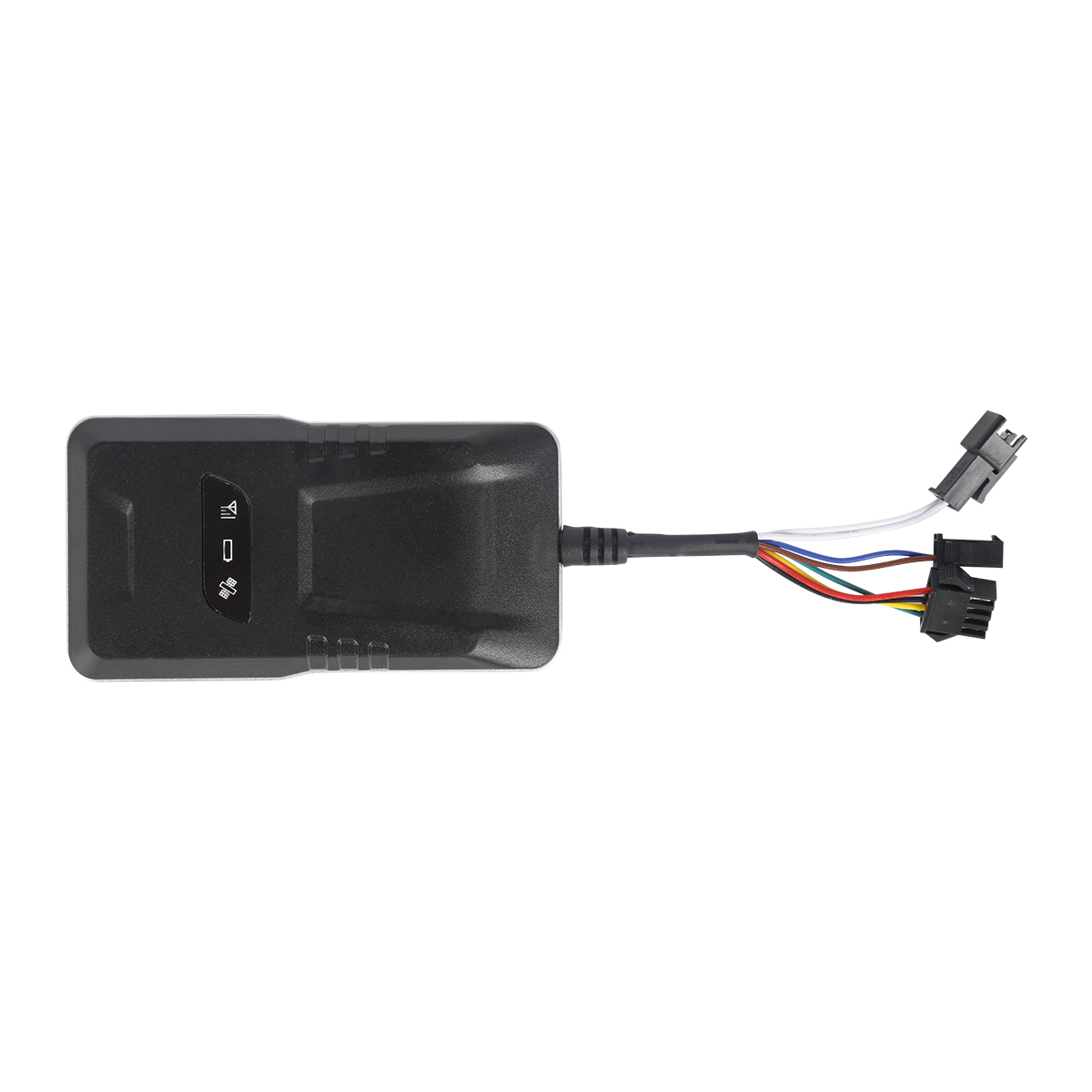source:Industry News release time:2022-08-02 Hits: Popular:realtime gps tracker online

In the GPS application, the orbit error mainly affects the positioning accuracy in the early stage, and the early GPS baseline is relatively short and the height difference is not large, so the research on the troposphere has not been paid much attention. Until recently, the tropospheric refraction has become an important obstacle limiting the improvement of GPS positioning accuracy due to the greatly improved GPS orbit accuracy. Assuming an area with basically zero elevation, if the GPS signal received by the receiver is transmitted from the zenith direction, the delay can reach the order of 2.2-2.6m, and the delay change within 2 hours can reach 2.2-2.6m. 10cm is not uncommon (so the tropospheric parameters provided by the IGS Analysis Center are used at 2-hour intervals). Also because of this fact, the tropospheric refraction is modeled taking into account the variation of its stochastic process.
In the application of GPS to troposphere research, the fast orbit and forecast orbit information of IGS will play an important role in weather forecasting. In addition, the 2-hour tropospheric zenith delay series provided by IGS through the "IGS Tropospheric Comparison and Coordination Center" at the GFZ in Germany is like a control point, which can be used as a tropospheric delay absolute for regional or local tropospheric studies. value calibration.
Different from ground-based GPS atmospheric monitoring, satellite-based or space-based GPS occultation methods have the advantages of wide coverage, good vertical resolution, and fast data acquisition. The principle of this technology is to put the GPS receiver on the platform of a certain low-orbit satellite (LEO) or aircraft. GPS occultation technology acts as an atmospheric detector. The GPS/MET research project carried out in 1997 confirmed that this idea is feasible. The CHAMP satellite, scheduled for launch in April 2000, will use GPS occultation to measure global tropospheric refraction (including atmospheric precipitable fraction).
In the next few years, there will also be SAC-C in Argentina and COS-MIC in Taiwan, my country. These LEO satellites will use on-board GPS to determine the orbit and use the occultation method to measure the atmosphere.
In the future, using the meteorological and electron concentration cross-section values of the satellite-borne GPS, combined with the data of the ground GPS station, a layered image will be made for use. In the next three years, the GPS/MET project research will be carried out 6 times, and it is expected that it will make a great contribution in weather forecasting, space weather forecasting and meteorological monitoring.
Read recommendations:
gps vehicle tracker distributors
fleetmanagement webfleet solutions
P02L Smart Walkie-Talkie Tracker
Last article:GPS application in ionospheric monitoring
Next article:Application of GPS as Satellite Altimeter
Related Information
Pet GPS Tracker wholesaler
2023-03-16rastreadores gps
2023-03-16simple gps tracking manufacturer
2023-04-23gps tracker online wholesaler
2023-04-23gps vehicle tracker
2023-04-11gps tracker app price
2023-04-11pet gps tracker cat Manufacturing
2023-03-16Magnetic gps tracker distributors
2023-03-16real-time gps tracking supplier
2023-04-23gps tracker with magnet wholesale
2023-03-16P02L Smart Walkie-Talkie Tracker
2025-09-19GF20-Mini Magnet GPS Tracker
2022-06-21G07L 4G GPS Tracker
2022-09-06P60L Personal gps tracker
2022-06-21TK100N- Multi functional GPS Tracker
2023-10-06Signal from GPS receiver
2022-11-08Types of GPS chips used by common GPS receivers
2022-12-01Opportunities brought by national policies for GPS industry
2022-12-17What cards do car GPS positioners generally use
2023-03-07GPS components
2022-11-03The difference between Beidou satellite and GPS.Pet GPS Tracker Manufacturing
2023-06-13Is GPS really powerful?
2023-02-14GPS module with AGPS function
2022-10-12The advantages of remote anti -theft of electric vehicle GPS positioner
2023-04-06How to buy GPS.Magnetic gps tracker manufacturer
2023-05-24GPS Antenna Channel
2022-08-19GPS Processor (GPSPU)
2022-09-05The obvious advantages of three generations of GPS products (actual effect)
2022-08-19What is the application range of the car positioner?realtime gps tracker online manufacturer
2023-03-09How to use the Beidou GPS positioner.plug & play Obd gps tracker Processing
2023-04-14